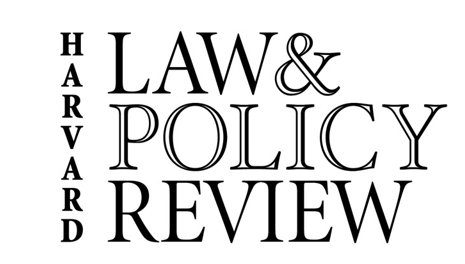By Tom Watts* This is the first in a series of blog posts previewing some of the conceptual questions that may come up in the same-sex marriage oral arguments on Tuesday. Part II is here. On Tuesday, we will have the legal equivalent of the Super Bowl, a presidential election, and the finale of Seinfeld at all once: oral argument in Obergefell v. Hodges, the Supreme Court’s same-sex marriage case. The outcome of the case is in as little doubt as in any major case in recent memory: most …
Conservative Judicial Activism: The Politicization of the Supreme Court Under Chief Justice Roberts
To mark the release of Volume 9.1, Notice & Comment will be highlighting each of the articles in its own blog post. Today’s featured article: Senator Sheldon Whitehouse's Conservative Judicial Activism: The Politicization of the Supreme Court Under Chief Justice Roberts. Senator Whitehouse (D-RI) writes: A troubling and unmistakable trend has developed over several decades, and accelerated in recent years, of extreme judicial activism within the conservative bloc of Justices on the …
Religious Freedom and (Other) Civil Liberties: Is There a Middle Ground?
To mark the release of Volume 9.1, Notice & Comment will be highlighting each of the articles in its own blog post. Today’s featured article: Professor Abner S. Greene's Religious Freedom and (Other) Civil Liberties: Is There a Middle Ground? Professor Greene, who is the Leonard F. Manning Professor at Fordham Law School, writes: The question will always be in the details: How do we evaluate the need for uniform enforcement versus the need for accommodation? To insist on one or the other …
Continue Reading about Religious Freedom and (Other) Civil Liberties: Is There a Middle Ground? →
The Case for Evidence-Based Free Exercise Accommodation: Why the Religious Freedom Restoration Act Is Bad Public Policy
To mark the release of Volume 9.1, Notice & Comment will be highlighting each of the articles in its own blog post. Today’s featured article: Professor Marci A. Hamilton's The Case for Evidence-Based Free Exercise Accommodation: Why the Religious Freedom Restoration Act Is Bad Public Policy. Professor Hamilton, who holds the Paul R. Verkuil Chair in Public Law at Benjamin N. Cardozo School of Law, writes: In this article, I will first describe the Supreme Court’s Constitution-based …
The Satanic Temple, Scott Walker, and Contraception: A Partial Account of Hobby Lobby’s Implications for State Law
To mark the release of Volume 9.1, Notice & Comment will be highlighting each of the articles in its own blog post. Today’s featured article: Kara Loewentheil's The Satanic Temple, Scott Walker, and Contraception: A Partial Account of Hobby Lobby’s Implications for State Law. Ms. Loewentheil, a Research Fellow and Director of the Public Rights/Private Conscience at Columbia Law School, discusses the extreme interpretations of the Supreme Court's Hobby Lobby decision that appeared in the …
A New Era of Inequality? Hobby Lobby and Religious Exemptions from Anti-Discrimination Laws
To mark the release of Volume 9.1, Notice & Comment will be highlighting each of the articles in its own blog post. Today’s featured article: Alex J. Luchenitser's A New Era of Inequality? Hobby Lobby and Religious Exemptions from Anti-Discrimination Laws. Mr. Luchenitser, Associate Legal Director for Americans United for Separation of Church and State, discusses the aftermath of the Supreme Court's Hobby Lobby decision and its implications for the federal RFRA (and, by implication, state …
